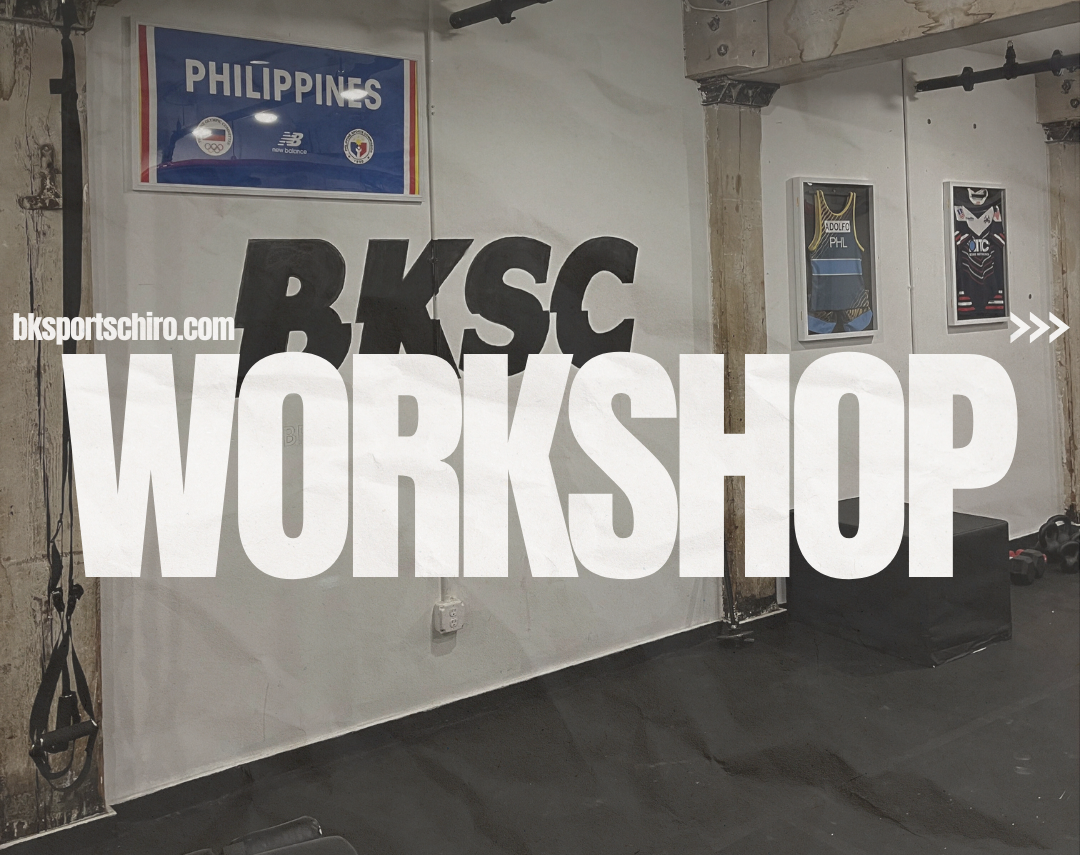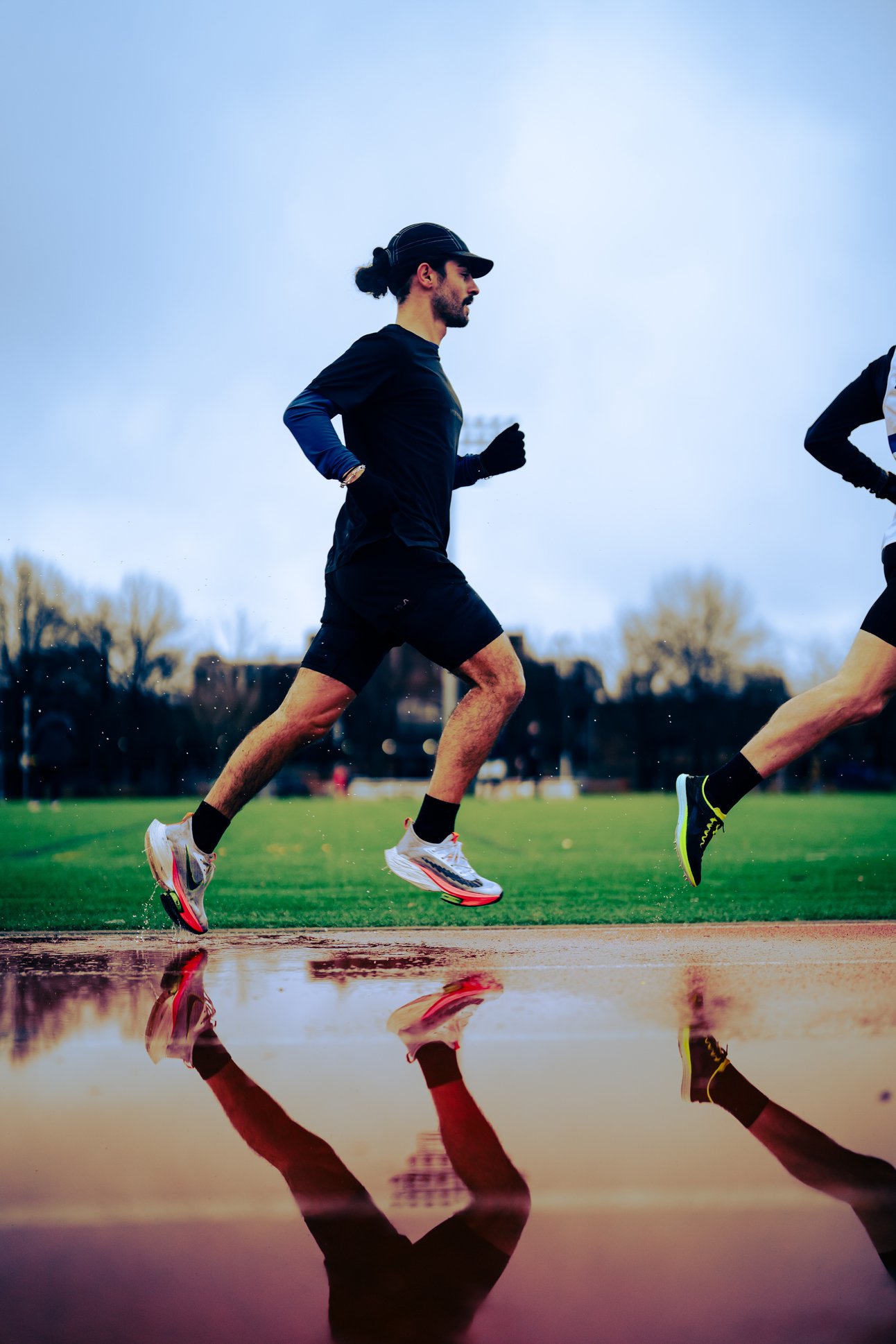- Brooklyn Sports Chiropractic
- Posts
- Are Your Joints Playing Nice?
Are Your Joints Playing Nice?
Sponsorships, Workshops, and How To Sit
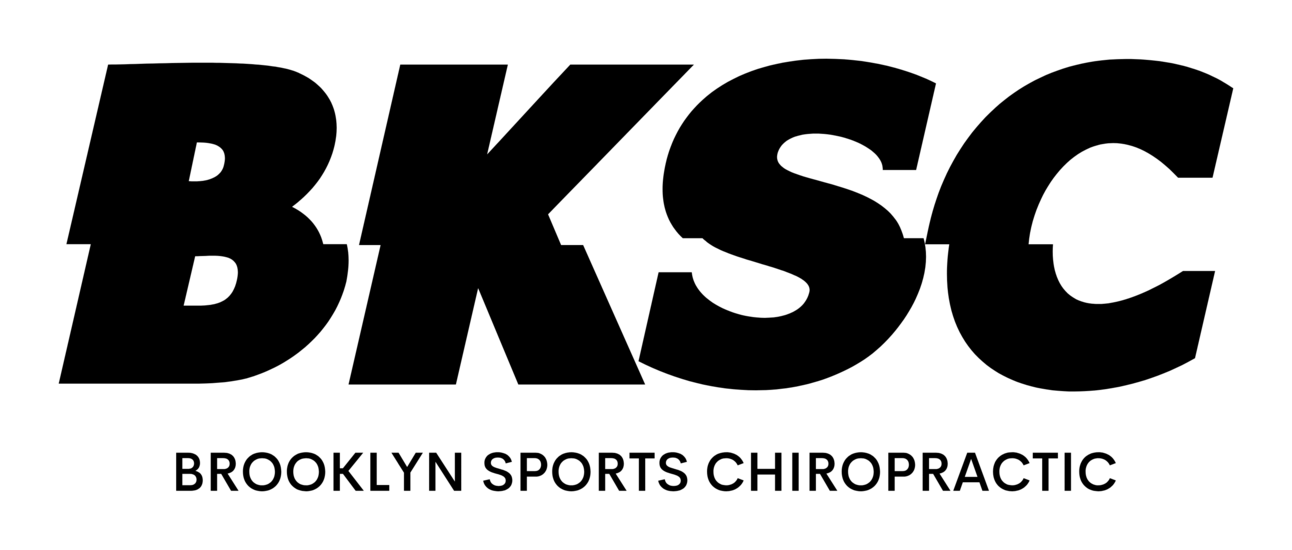

Hello!
@#$% it’s cold out. Hats off to any of you maniacs out there getting in your miles in the midst of this arctic weather. I hope everyone else is staying as active as they can indoors. I’ve got some science for you today that can be used to analyze your own movement patterns, a book rec, and a couple programming announcements around the shop.
Fun fact - the technical term for a symbols used in text to bleep a curse word is a “grawlix” (plural grawlixes) which was coined by American cartoonist Mort Walker in 1964. The practice actually dates all the way back to 1901 when there were obscenity laws banning actually printing colorful language, but comic strip artists wanted to put a little more oomph into their text. The more you know.
Joint By Joint
Ever wonder why your knee hurts when you run, even though you don’t remember doing anything to it? Sometimes the aches and pains we are feeling can be a little misleading. A large part of the work I do is based on the relationship between different joints in the body and how those relationships might create the issues bugging us.
Joint-by-Joint Theory is a concept in fitness and rehabilitation that suggests the body alternates joints that are either “mobile” or “stabile”, and dysfunction at one joint affects others up the chain.
Understanding this concept and the implications it can have, can transform the way we think about pain and movement.
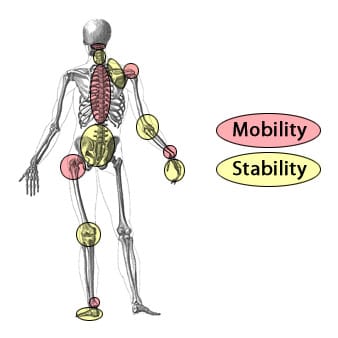
image courtesy of Gray Cook and Functional Movement Systems
Let’s break down the concept into it’s simplest form and build a little map of the body.
Ankles: Mobility
Knees: Stability
Hips: Mobility
Lumbar Spine: Stability
Thoracic Spine: Mobility
Scapula: Stability
Glenohumeral Joint: Mobility
Cervical Spine: Stability
Mobile and stabile as labels are relative. A knee is mobile because it is moving, but relative to the hip which is (should be) super mobile, the knee is going to be more about stability.
If one joint isn’t doing its job—being mobile or stable—it forces neighboring joints to compensate, sometimes leading to pain or injury.

What does this look like in real life? If your ankles are stiff, your knees might take the load, causing pain or discomfort. A lack of thoracic spine mobility could force your lower back to overextend, leading to back pain. I’ll often say that the more athletic we are, the better we are at creating some funky movement pattern to compensate for a lack of mobility or stability in a nearby joint. If I tell you to reach and kick a soccer ball, but your hip is really tight, you’re going to bend and twist and turn in lots of weird ways to get to the ball.
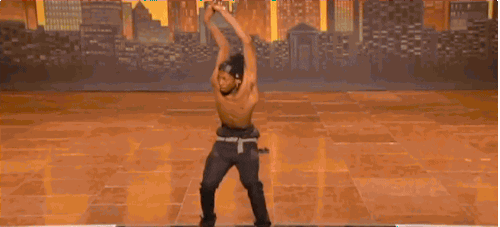
A great example of this in sports is non-contact ACL injuries. This is when an athlete drops to the ground without being hit or tackled and has torn their ACL. While there are many factors as to why this can happen, oftentimes that athlete will have poor ankle and/or hip mobility. The knee has taken on more of a “mobility role” to compensate for the lack of movement in its neighbors.
If you’re dealing with pain, the problem might not be where it hurts. Think upstream and downstream. An analogy I like is stepping on a dogs tail. When the dog barks at us, we know the the problem is not with the dogs mouth even though that is what is drawing our attention. When dealing with our own injuries, we have to go find the tail.
Try applying this concept to your own injury assessment. Where are you tight? Where do you feel unstable? Is it the same place you’re feeling discomfort? Are your ranges of motion the same on the right and the left? Go back to our list of mobile and stabile joints. Strengthening those stabile joints and getting more movement in those mobile joints is a great place to start any rehab process, and a good road map to maintain a good level of function.
This is by no means the answer to every one of your injury problems. Pain is complicated. That said, if we can have a better understanding of how different parts of our body are related, maybe we can have more ownership over the process of working through the rehab process.
How To Sit by Thích Nhất Hạnh
This book is actually the first in a series of books about mindfulness by a Vietnamese Buddhist Monk. Nhất Hạnh was known as the “father of mindfulness” and played a major part in bringing Buddhist daily practices into the western world. How To Sit can just about fit into the palm of you hand (depending on the hand) and is a very beginner-friendly introduction to mindfulness practice. You can open the book to any page and sometimes find just a few sentences with a simple drawing that will help you work on how to breathe, relax, concentrate, and of course how to sit.
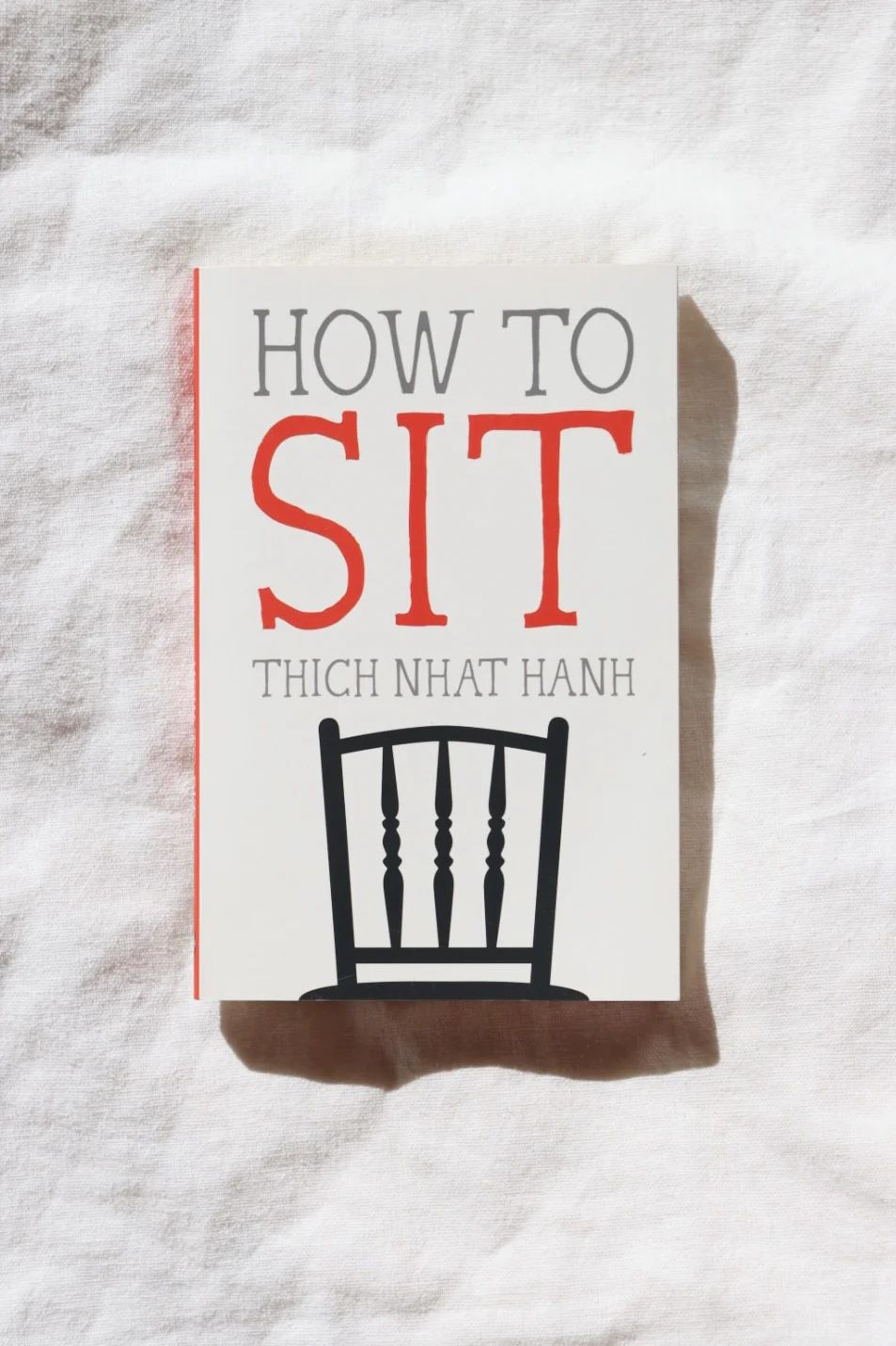
Low Back Workshop Feb 5th
The first Wednesday in February (the 5th) I’m hosting a workshop all about your low back. We’ll be going over the mechanics, some common problem areas, and strategies to deal with them. We’ll start at 7pm and run for 45 minutes. If you have a low back that bugs you, or know somebody who does, click the link below and RSVP. The workshop is totally free, but space is limited because I can’t fit too many people in the office.
2025 Sponsorships Up For Grabs
In case you haven’t seen, I’m taking on a new team of three athletes to be sponsored for 2025. The winners will get free care from me for the year to help them chase their goals on and off the field/court/track/mat/pool/mountain? This is open to all levels of competition, so throw your name in there and I’ll let you know in a couple of weeks if we’re going to be spending a lot more time together.
And Last, A Quote
“The best way to predict the future is to invent it.”
- Alan Kay
Talk soon,
Dr. Dean Hottum
As always, if you are somebody you know would benefit from working with me, I am always happy to chat and see if you are a good fit. Hit the button below to set up a call today.
If you’ve been forwarded this newsletter by a friend: First, congratulations - they think you are smart and interesting and that you would like to read about smart and interesting things. Second, click on the subscribe button below so that you are kept abreast of smart and interesting things in the future.
